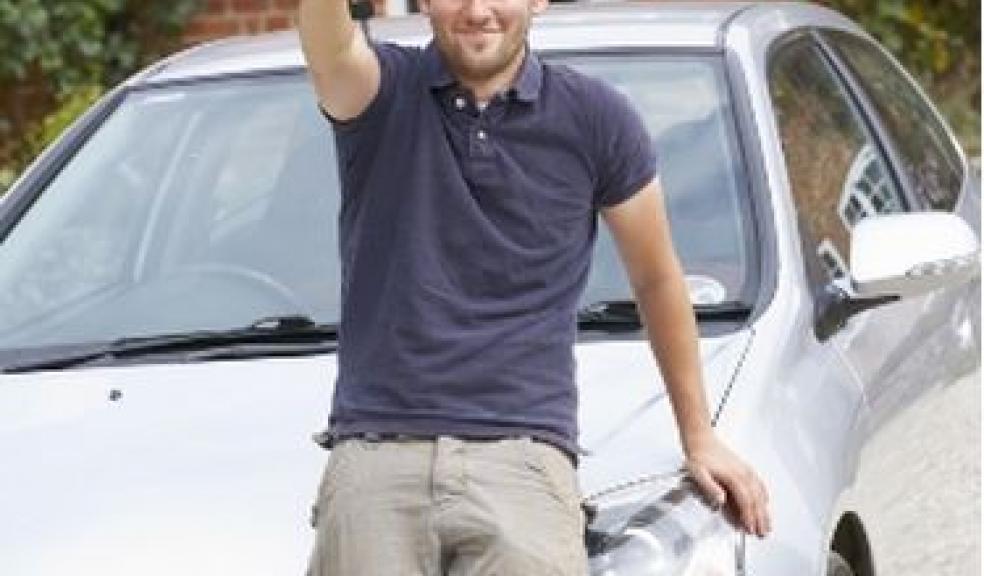
Charity urges car buyers to put safety first
Brake, the road safety charity, is encouraging drivers – especially the young – to put safety first when it comes to buying a new vehicle.
The call comes on the back of survey results, released today, showing safety features are less of a priority for young drivers when choosing a vehicle than its brand.
The survey, carried out on behalf of Brake and Direct Line, put safety technologies third on a list of decision-making factors for all drivers, behind reliability and fuel economy. However, less than half of drivers (48%) named safety as one of their three most important considerations. Among young drivers (17-24) it was even fewer – less than two in five (37%) – fewer than chose brand (39%).
‘Infotainment’ systems, which allow access to social media and other functions unrelated to driving, are also becoming an increasing factor in young drivers decision making and are fitted in many new vehicles. More than one in five (21%) young drivers (17-24) said they wanted such a system, and one in six (17%) said it is one of their most important features in choosing a vehicle. However, these systems could pose a distraction risk similar to that of using a mobile phone. Any attempt to multi-task at the wheel is known to make you at least two or three times more likely to crash.
The survey also showed a lack of engagement among drivers with important industry safety standards such as Euro NCAP. A five star Euro NCAP rating is the easiest way to be sure your vehicle is protecting both you and the people around you on the road, and yet less than a quarter (23%) of drivers said it was something they looked for in a new vehicle.
Brake is urging all drivers to put safety features that protect both themselves and others top of the list when choosing a new vehicle, opting for a five start Euro NCAP rating wherever possible.
Julie Townsend, deputy chief executive, Brake, said: “Vehicle safety technology has come on leaps and bounds, and a large part of the casualty reductions we have seen in recent decades are likely to be attributable to this. It is important that all drivers take advantage of these advances as much as possible, to protect both themselves and the people around them on foot and bike. When choosing a vehicle to drive on public roads, safety should always be the number one consideration. However, any vehicle is ultimately only ever as safe as the person driving it, and choosing the safest possible vehicle still needs to be combined with legal, considerate driving.”
Gus Park, director of motor at Direct Line, commented: “Our research shows that younger drivers are most at risk of a crash; however less than half this group chose safety in the top three considerations when buying a car. New cars are now more likely to be fitted with ‘infotainment’ systems, so we'd urge drivers to be sensible. As with mobile phones, a moment of distraction could potentially costs lives.”
Brake campaigns against all forms of driver distraction, including that caused by in-car technology, as part of its drive smart campaign. Tweet us: @Brakecharity, #DriveSmart. Read the survey report.
Brake’s advice: vehicle selection
Drivers should choose vehicles that not only protect the occupants, but also minimise the threat posed to other road users. Some vehicles are designed to minimise the damage to vulnerable road users in a collision. For example, cars with a short front-end and a wide windshield are less likely to kill pedestrians in a crash.
The safety features of new European cars are rated in crash tests by Euro NCAP. They provide a star rating that take into account occupant safety, child occupant safety and pedestrian safety. Brake strongly advises anyone buying a new car to consult these ratings at www.euroncap.com and buy the safest vehicle they can afford for their own and others’ protection.
From January 2016, vehicles will only be able to achieve a maximum five-star Euro NCAP rating if they are fitted with collision avoidance technologies such as pedestrian detection, lane departure warning and autonomous emergency braking (AEB). AEB uses sensors to detect hazards ahead, and apply the brakes automatically if a collision is predicted. It could reduce pedestrian casualties by 15%, and prevent 60 deaths and 760 serious injuries in the UK within three years if installed in all new vehicles.
Although there is an increasing range of features that either come as standard on new vehicles, or that people buying vehicles can opt for to help protect themselves, their families and other people around them, none of these features offer complete protection. Choosing the safest possible vehicle still needs to be combined with safe, legal and considerate driving.
For more facts on safe vehicles see www.brake.org.uk/facts.
For more advice for drivers see www.brake.org.uk/pledge.











